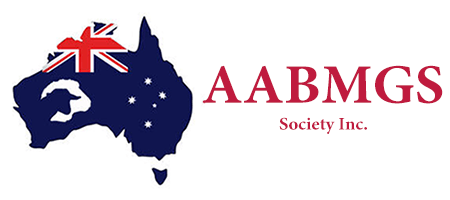Photo – KaiDi Park Abby and girl
Breed Standard
The Miniature Boer Goat is being developed using goats with Boer, Kalahari, Savannah, Australian Red, Australian Miniature and Pygmy genetics.
The object is to develop a breed with the same good structure, confirmation and characteristics of the Australian bred Boer Goat in a miniature version which are more suited to small property and pet owners.
General appearance:
- The ideal Miniature Boer is an animal of quality showing balance and symmetry and a strong vigorous appearance.
- The Doe must be feminine, the body wedging slightly to the front.
- The Buck must demonstrate masculinity and strength and is heavier in the head, neck and rump.
Head:
- A strong broad head, showing character and a quiet disposition.
- Large almond shaped eyes.
- A curved Roman nose with flared and wide nostrils, the tip of the nose to be in line with the lower lip and chin.
- A strong curved lower jaw rising to meet the upper jaw.
- A prominent curved forehead, linking up with the curve of the nose and horns.
- Horns should be strong, round, solid and show good colour, be of moderate length and placed moderately apart with a gradual backward sloping curve.
- Disbudding is permissible in the Miniature Boers.
- Ears should be of good length, broad and smooth, set in line with the eye and must hang downwards from the head.
Neck and forequarters:
- A neck of moderate length in proportion to the length of the body.
- In Does the neck should come out and be deep from the chest, blending smoothly with the shoulders, be wide in its attachment and rising gracefully to the throat latch, showing refinement in the female.
- In Bucks the neck should be thicker and show skin folds as a sign of masculinity.
- The chest should be broad with a deep brisket.
- The shoulder should be well muscled in proportion to the body, and be well fitted to the wither.
- The wither should also be broad and well fitted (not sharp).
Characteristic faults:
- Very long, thin or short necks in proportion to the body or shoulders too loose.
Barrel:
- The barrel should be long, broad and deep.
- The ribs must be well sprung and fleshed, the loins well muscled, the goat should have a broad fairly straight back and must not be pinched behind the shoulders, a small dip behind the shoulder is acceptable.
Hindquarters:
- The pelvis must be large, broad and with good length, from pin to hip.
- Well muscled through the rump and inner thighs with length through the stitch, particularly in bucks.
- The rump should be slightly sloped.
- The tail should be straight at the dock and be able to move freely.
Legs:
- The legs should be of medium length and in proportion to the depth of the body.
- The upper leg should be long in proportion to the cannon bone and well muscled.
- The legs should be strong and well placed, with strong well formed pasterns and coloured hooves.
- Leg bone should be wide and flat.
Skin and covering:
- A loose supple skin is essential.
- Eyelids and hairless parts must be pigmented.
- Pigmentation may range from light tan through to dark.
- Hair should be short, dense and glossy, a limited amount of cashmere will be allowable with a winter coat.
Sexual organs – Does:
- Well formed udder firmly attached with no more than 2 separate teats on either side.
Sexual organs – Bucks:
- Two reasonably large, well formed, healthy and of equal size testes in one scrotum. The scrotum must not have a split larger than 1cm.
Colouring:
- Solid red or black
- White with either small or large coloured markings on the body, these can be patches or spots or a combination of both.
- Colours on the body can be cream, light tan, rich brown, deep red or black with a pigmented coloured head and ears, with either a white blaze, star or with a full solid head colouring.
- Pigmented skin on the hairless parts i.e. under the tail, round the eyelids and mouth etc. is desirable because it offers resistance to sunburn which may result in skin cancer.
- A pigmented skin is also more resistant to other skin diseases and a loose supple skin is for adaptability to climatic conditions.




